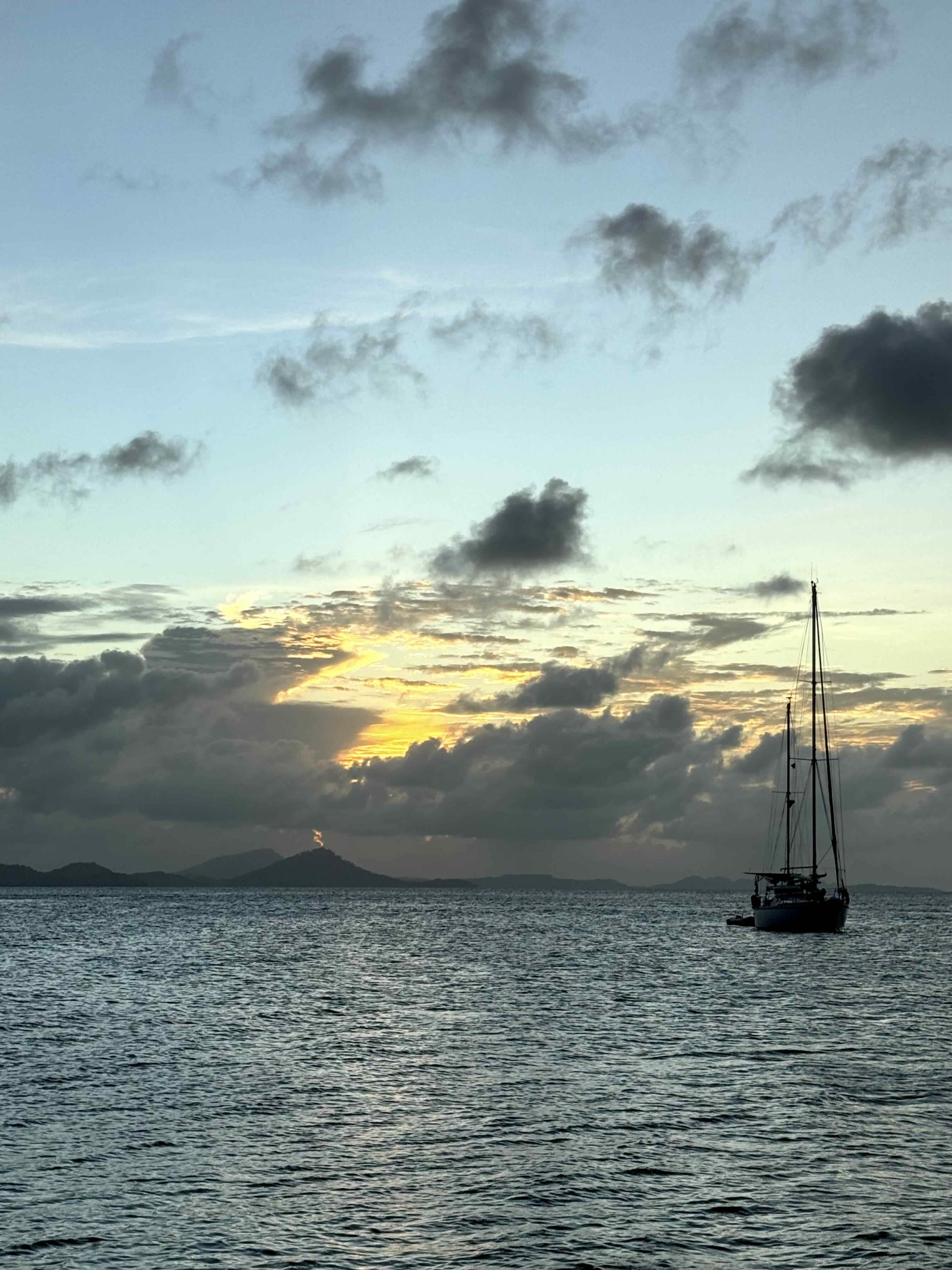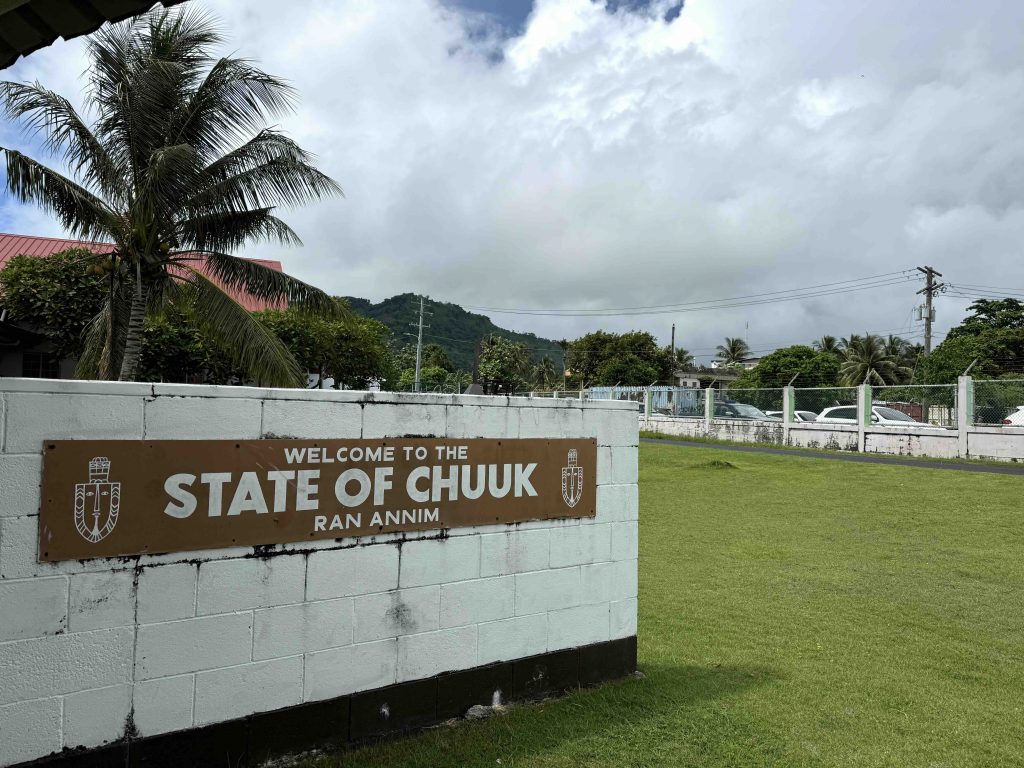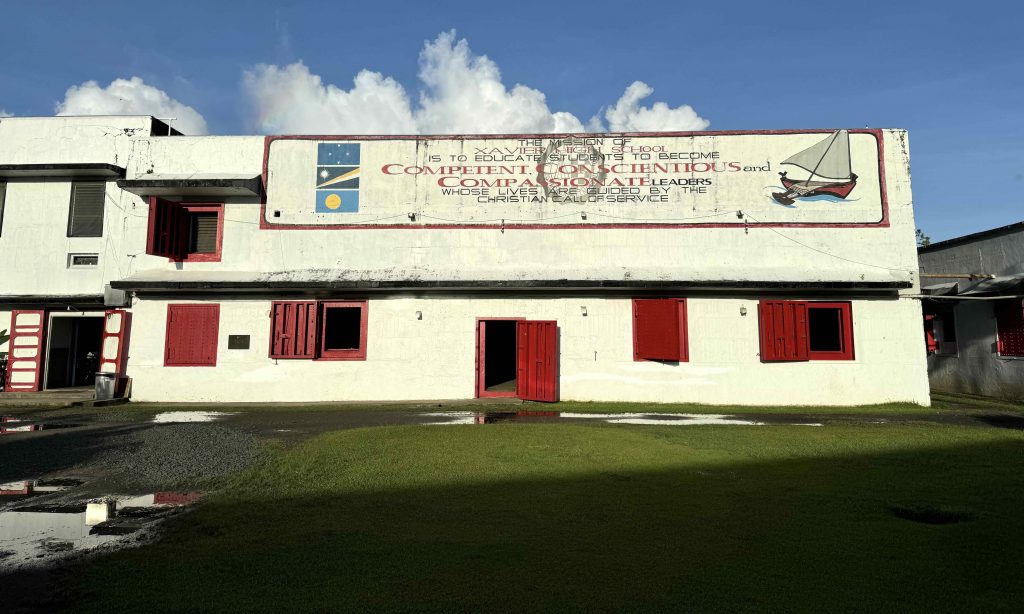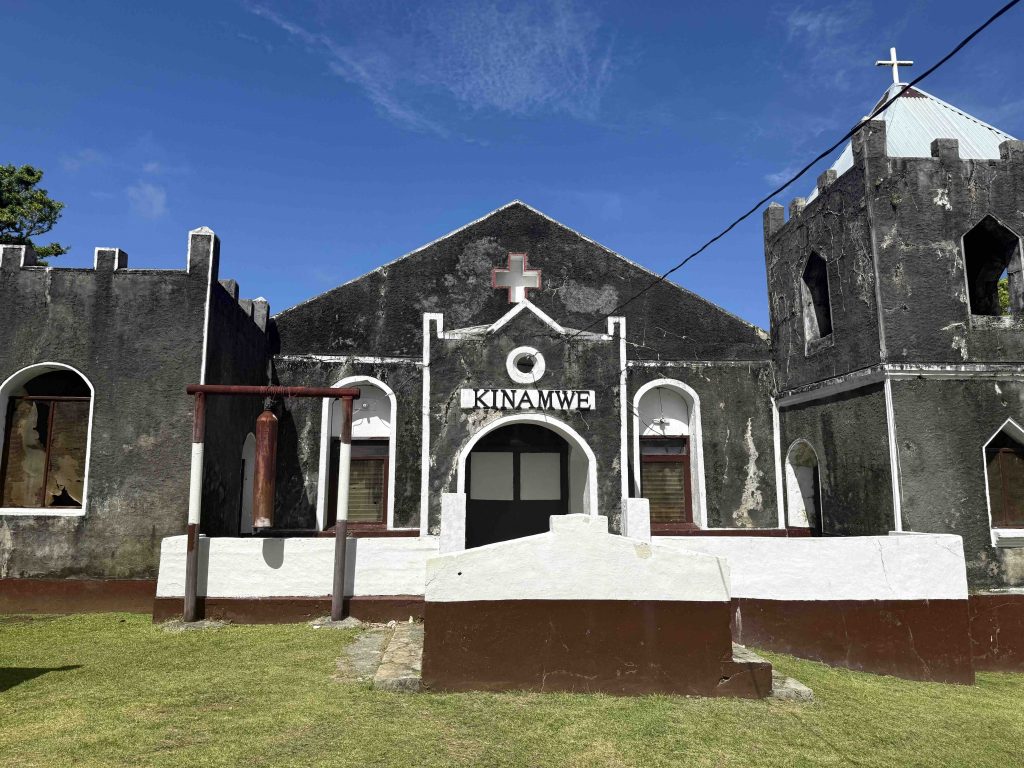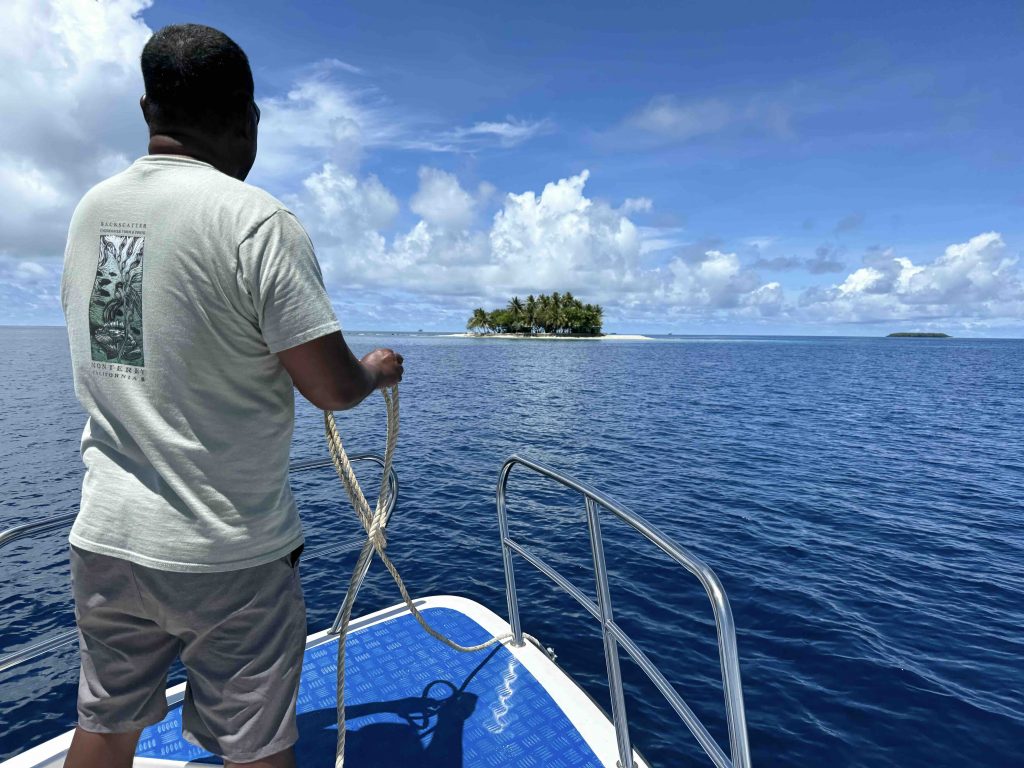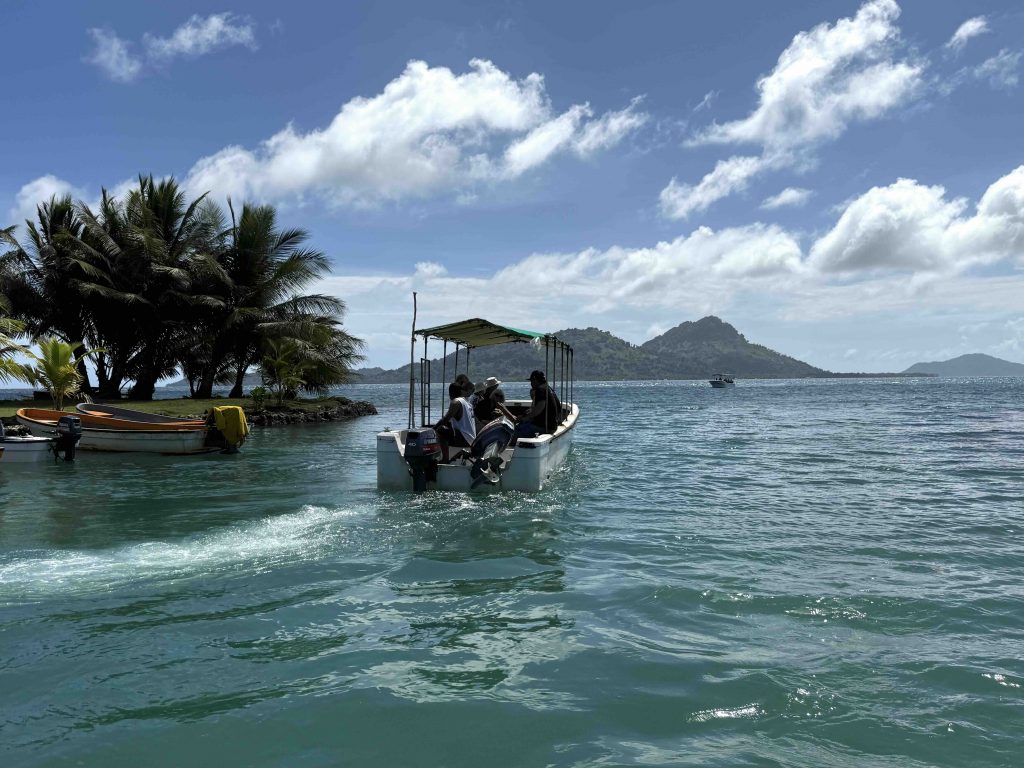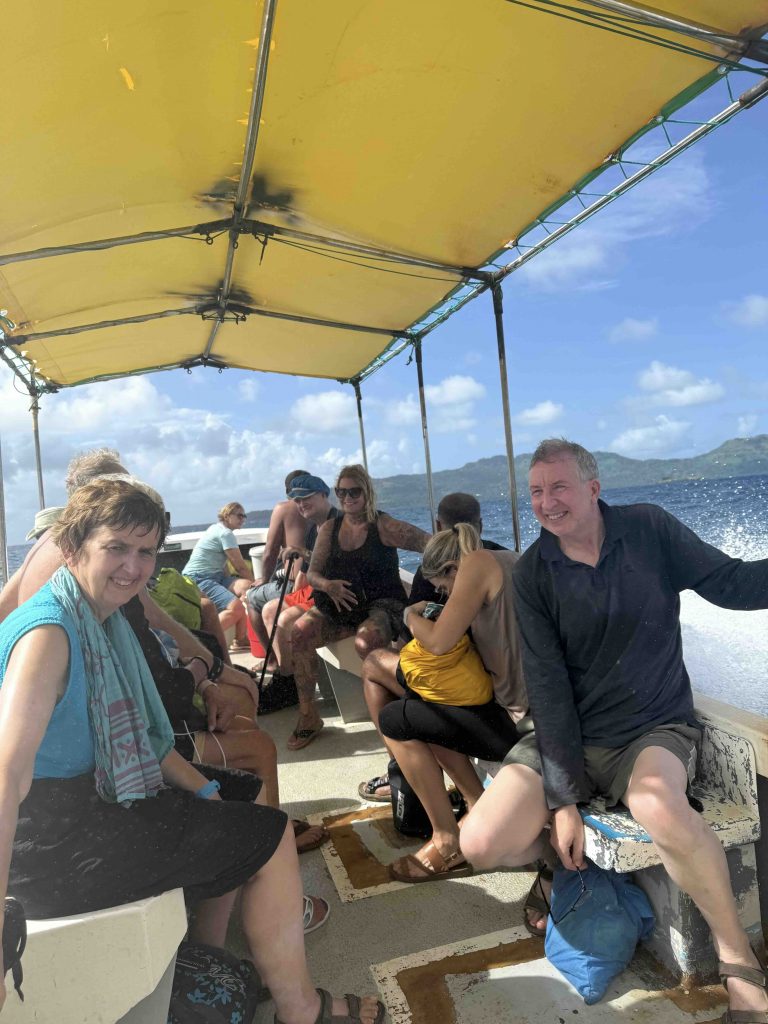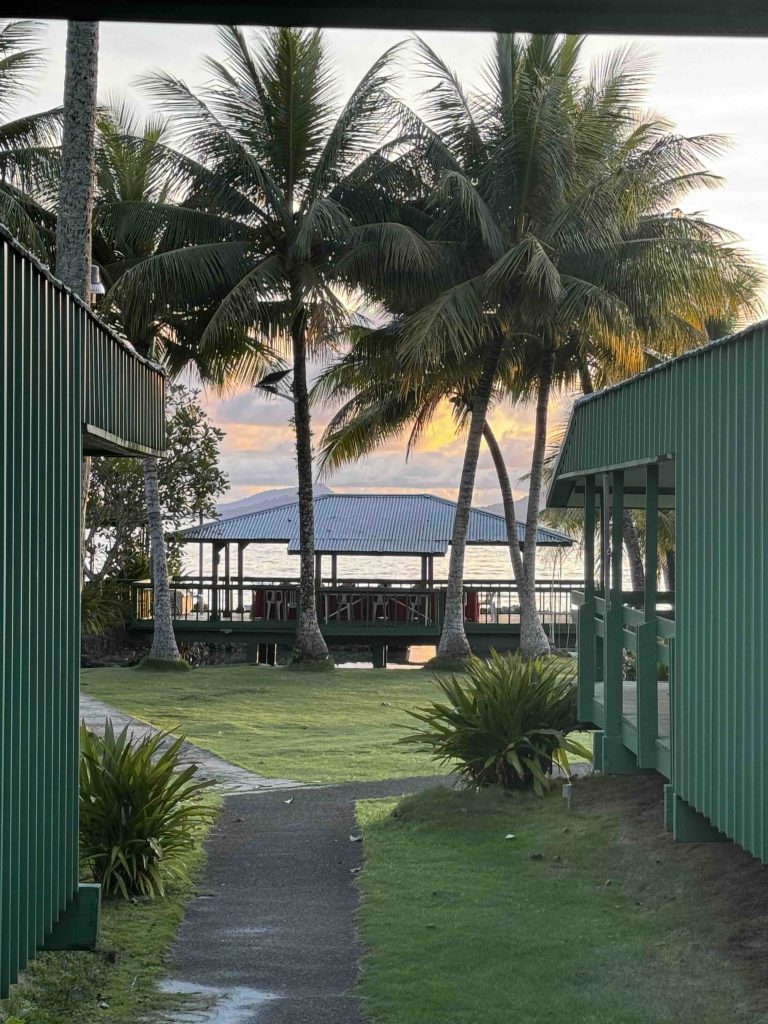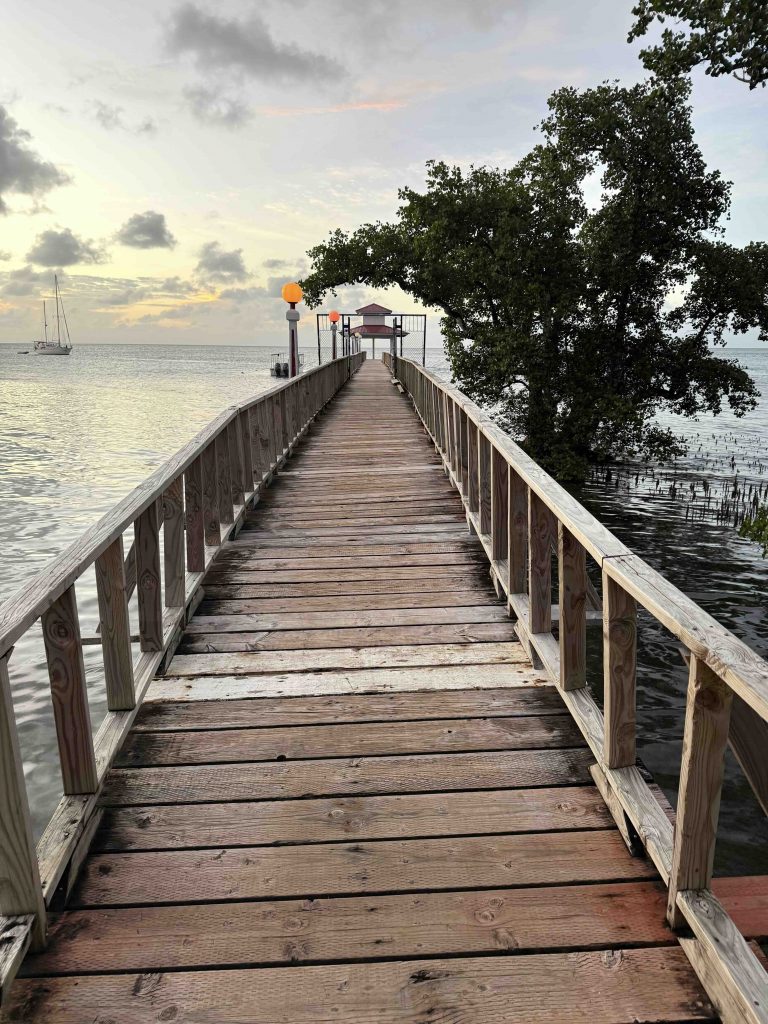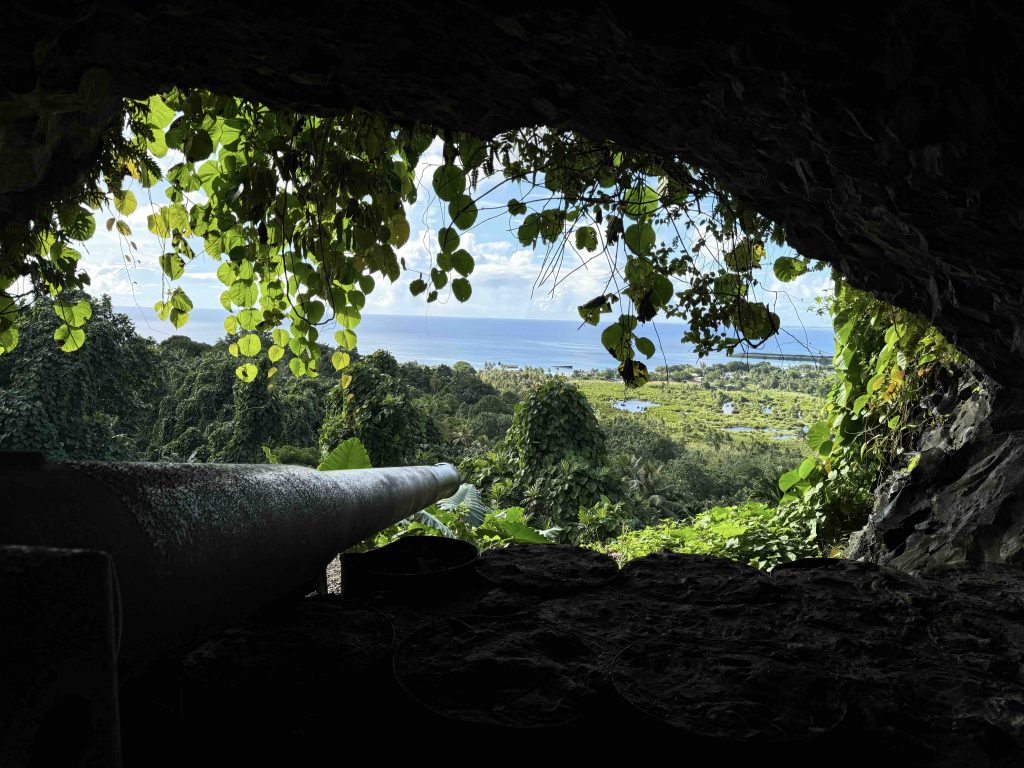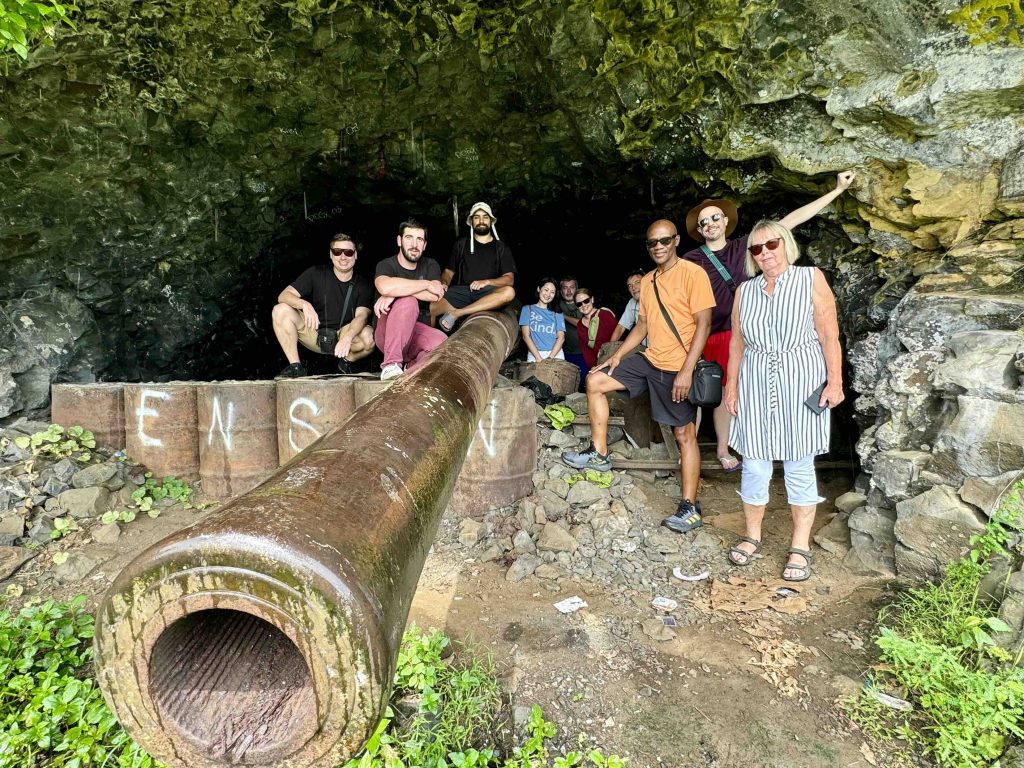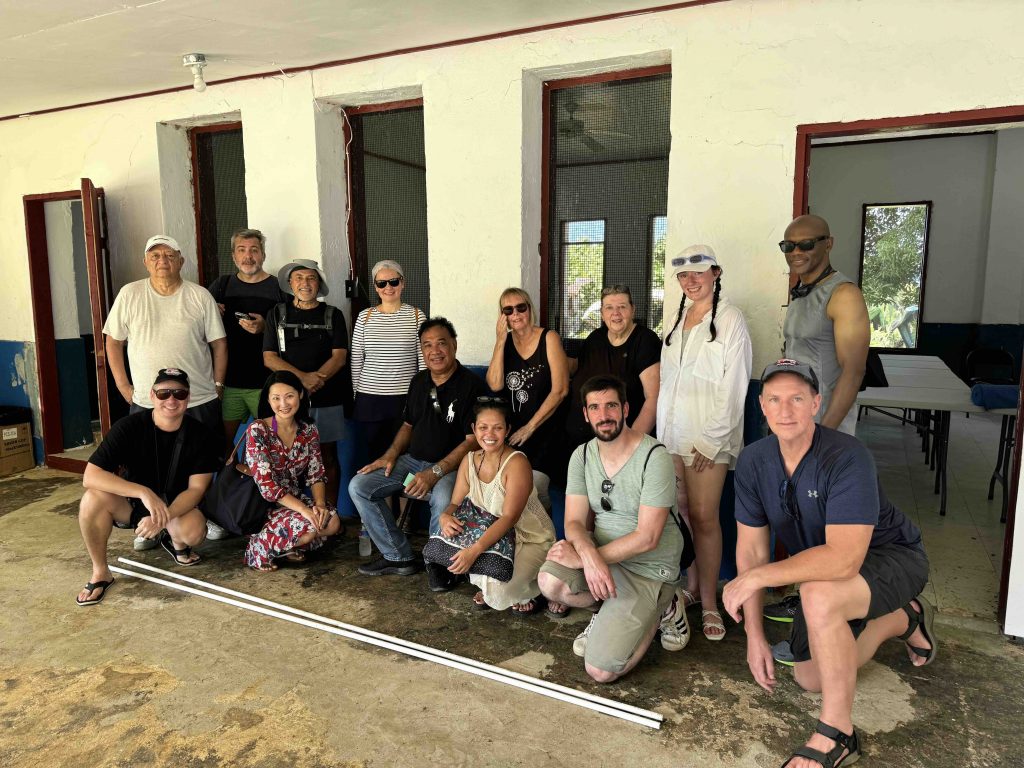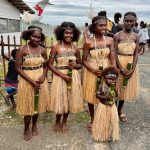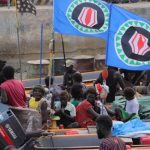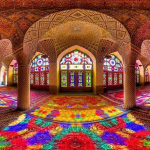What Makes Micronesia a Unique Travel Destination?
Welcome to Micronesia, a subregion of the Pacific Ocean comprising over 2,000 islands. This area is home to several UN-recognized countries, including Palau, the Marshall Islands, Kiribati, Nauru, and the Federated States of Micronesia (FSM). Like Palau and the Marshall Islands, the FSM is in a Compact of Free Association with the United States, a deal signed in 1986 that came into effect in 1994. It’s essential to note that while “Micronesia” refers to the broader subregion, it also specifically denotes the FSM, which consists of four distinct states: the capital Pohnpei, Chuuk, Yap, and Kosrae. Each of these islands offers its own unique identity and cultural heritage, making Micronesia a fascinating stop on your travels through the Pacific. While most travelers often visit Pohnpei, there is plenty to explore beyond the capital island.
Your international flight to Chuuk (alternatively spelled “Truuk”) will land on Weno Island, the capital and largest city of Chuuk State, home to about 17,000 residents. Despite its small size, Chuuk is the most populous state in the FSM, with a combined community of around 50,000 residents among its main and outer islands. It is most famous to foreign visitors for its shipwreck and artificial reef diving. Chuuk is a featured stop on YPT’s signature Least Visited Countries Tour, which is run biannually, once in July/August and again in December/January, where, in addition to general tour activities, YPT can arrange diving excursions for guests with diving certification.
Upon arrival in Chuuk, you will quickly discover one of the island’s defining features: the roads. Often in disrepair, they reflect the challenges faced by the island due to limited funding brought on by the misappropriation of state funds by the federal government, which hinders local authorities’ ability to repair damage caused by the heavy rainfall, averaging a staggering 138 inches annually. The roads are perhaps the most visible example of why there is a strong independence movement in Chuuk, as its inhabitants believe that their needs are overlooked by the FSM federal government. Many politicians have reportedly campaigned on the promise of improving the roads, but to no avail.
As you traverse the island, you will also notice numerous abandoned cars lining the roads. Many locals purchase used vehicles that often break down due to poor road conditions and the lack of available spare parts. With no registration and no legal obligation to dispose of them properly, these cars contribute to some of Micronesia’s environmental concerns.
But don’t let that deter you—there’s much to explore!
How Can You Explore the History and Local Life of Chuuk?
On a quick stop downtown, you can get a local SIM card, explore local shops, pick up fresh fish at the seafood market (which your hotel will no doubt be happy to prepare for you in a style of your choosing), and admire key government buildings such as the Governor’s office and the state legislature. A visit to the Supreme Court and the local supermarket also offers a glimpse into everyday life on the island.
In the afternoon, embark on a land tour that showcases some of Chuuk’s historical landmarks. A great first stop is the Nefo Cave, an extremely well-preserved tunnel dug out by the Japanese during World War II. Here, you will find a nearly completely intact large artillery gun pointed out over the ocean, intended to stop an American amphibious landing that never came, as the majority of the fighting on the island took place between the respective air forces and navies of Japan and the US.
Next, venture to the easternmost point of the island, where Xavier High School sits. Originally built in 1938 as a bomb-proof communication station for the Japanese naval forces, it was transformed into a high school by Jesuits in 1952 and has come a long way since its humble beginnings with just five students. Today, it is considered one of the best schools in Micronesia, with students attending not only from FSM’s outer islands and states but also from Palau and the Marshall Islands.
A hike up to a nearby 1930s lighthouse, constructed by the Japanese Army, offers a breathtaking view of the surrounding landscape, though the steep ascent can prove challenging—especially during or after heavy rains.
For evening activities, the finest dining and most lively nightlife can be found at the island’s two main diving resorts, Blue Lagoon and Trunk Stop.
What is there to see on Tonoas and Etten Islands?
After exploring Weno, it’s essential to take the quick 20-minute boat ride to Tonoas Island, a significant site during World War II. Originally known as Dublon by the Spanish, it was later referred to by the Japanese as Natsu Shima or “Summer Island.” The island served as a headquarters for the Japanese Imperial Army during WWII and was home to the Japanese Fourth Fleet, which consisted of a wide variety of ships and planes, along with corresponding bases, large fuel storage containers, and service facilities for vessels.
Despite the Japanese boasting that Chuuk was the “impregnable bastion of the Pacific,” their stronghold at Chuuk was decimated during “Operation Hailstone.” This surprise attack by the US Navy and Air Force was viewed as revenge for Pearl Harbor and resulted in the deaths of 4,500 Japanese soldiers, the sinking of 5 cruisers, 4 destroyers, 6 auxiliary ships, 32 merchant vessels, and the destruction of 250 aircraft. In comparison, the US suffered only 40 fatalities, with 2 ships damaged and 25 aircraft destroyed. Although Chuuk remained under Japanese control until the end of the war, the Japanese never attempted a significant naval or air force buildup at Chuuk again following the losses incurred during “Operation Hailstone.”
The fierce fighting during WWII has transformed Chuuk Lagoon into one of the world’s premier destinations for wreck diving, featuring over 60 shipwrecks that now serve as impressive artificial reefs, home to 615 species of fish.
When taking a land tour on Tonoas, friendly locals will be waiting with flatbed trucks, allowing you to hop in the back for a ride along the island’s one-lane ring road. Along the way, you’ll pass through the island’s 19 villages and see remnants of a once-vast hospital that served Japanese officers, reputedly the largest in Micronesia at the time, with the capacity to treat up to 800 patients. Today, only the concrete foundations and stairs remain.
Non-WWII sites include the island’s oldest church, established in the 1930s. A stop at the municipal building, erected in the 1920s during the Japanese mandate, provides insights into what locals refer to as a golden age for the island, according to Tonoas’ Mayor Cradvin Aisek, whom you may spot at the municipal building for a photo opportunity.
After soaking in the history, those who are not inclined to dive can take some time to swim and snorkel in the beautiful bay, offering a refreshing way to appreciate Chuuk’s natural beauty.
Why should you visit Chuuk?
Chuuk may have a rugged charm, but its rich history, unique culture, and stunning landscapes position it as a hidden gem in Micronesia—an excellent alternative to the more tourist-heavy Pohnpei. Whether you’re delving into historical landmarks or embarking on wreck dives in its crystal-clear waters, Chuuk offers adventurous travelers an unforgettable experience. Additionally, Chuuk is prominently featured in YPT’s signature Least Visited Countries Tour, and can also be arranged as a private tour destination.
